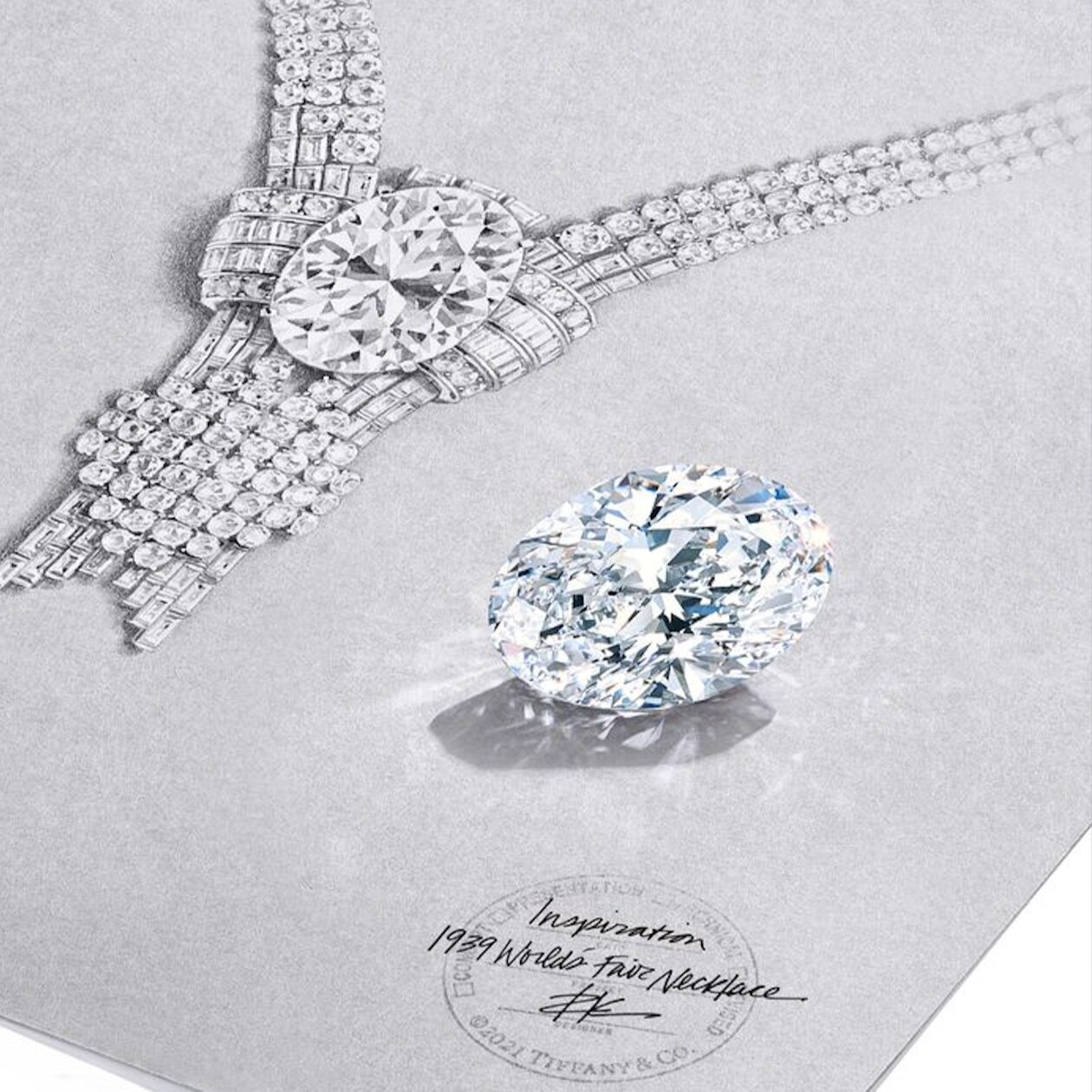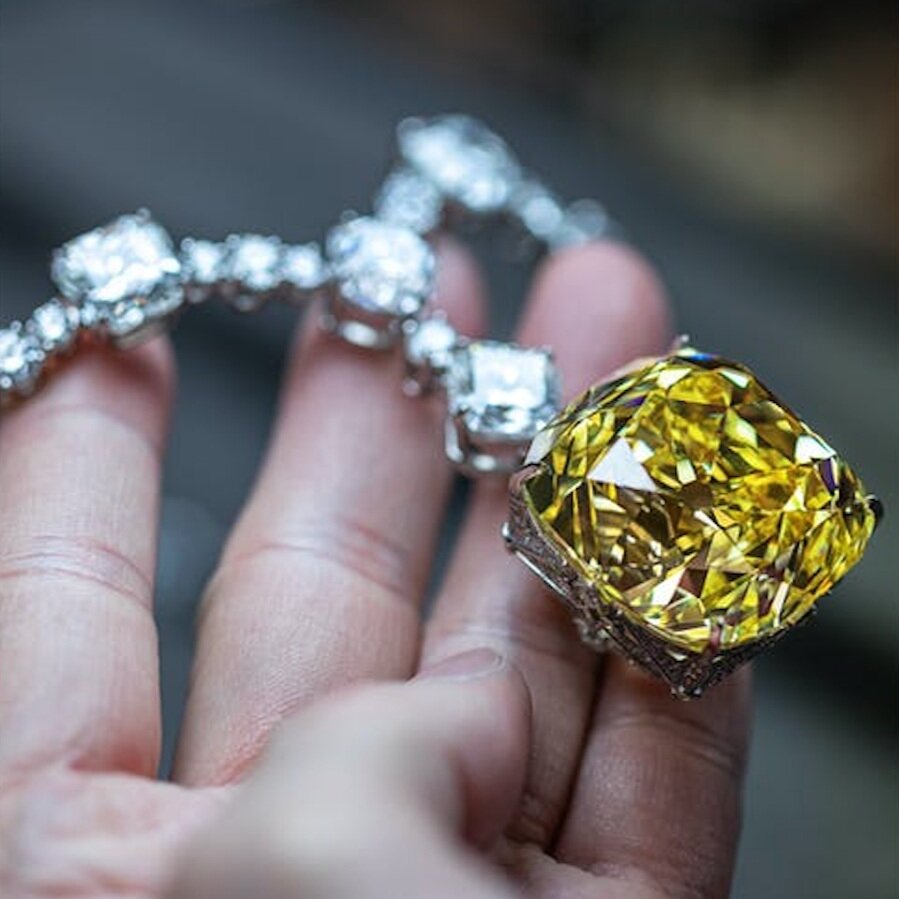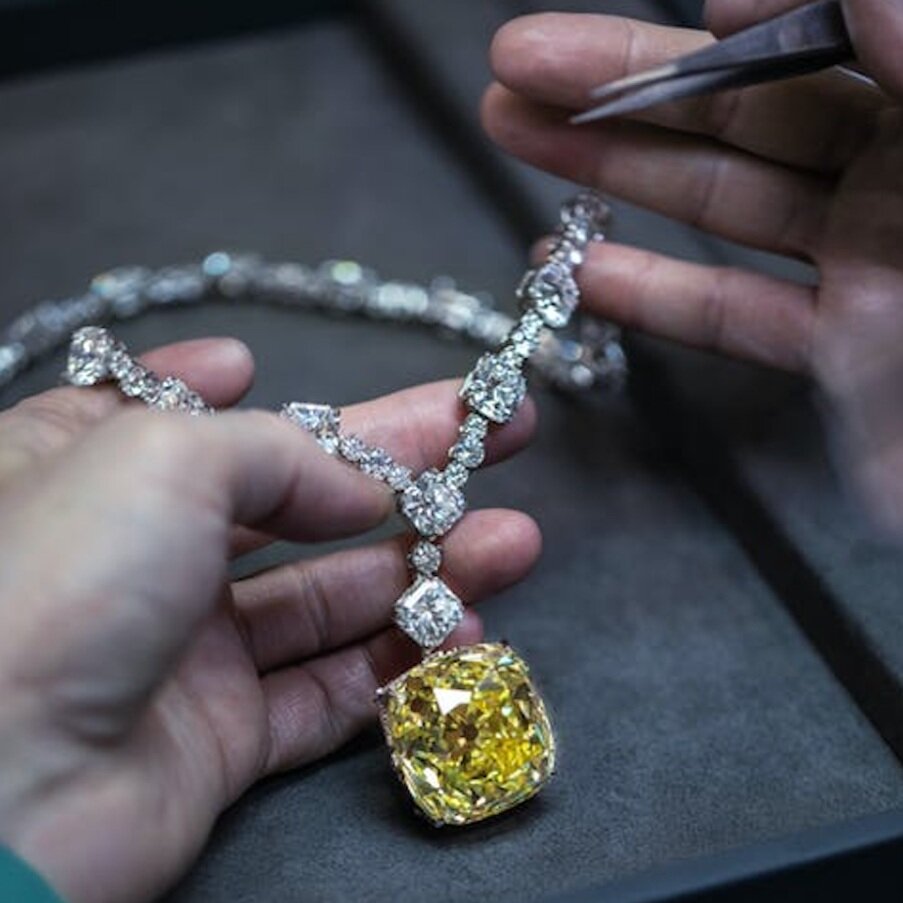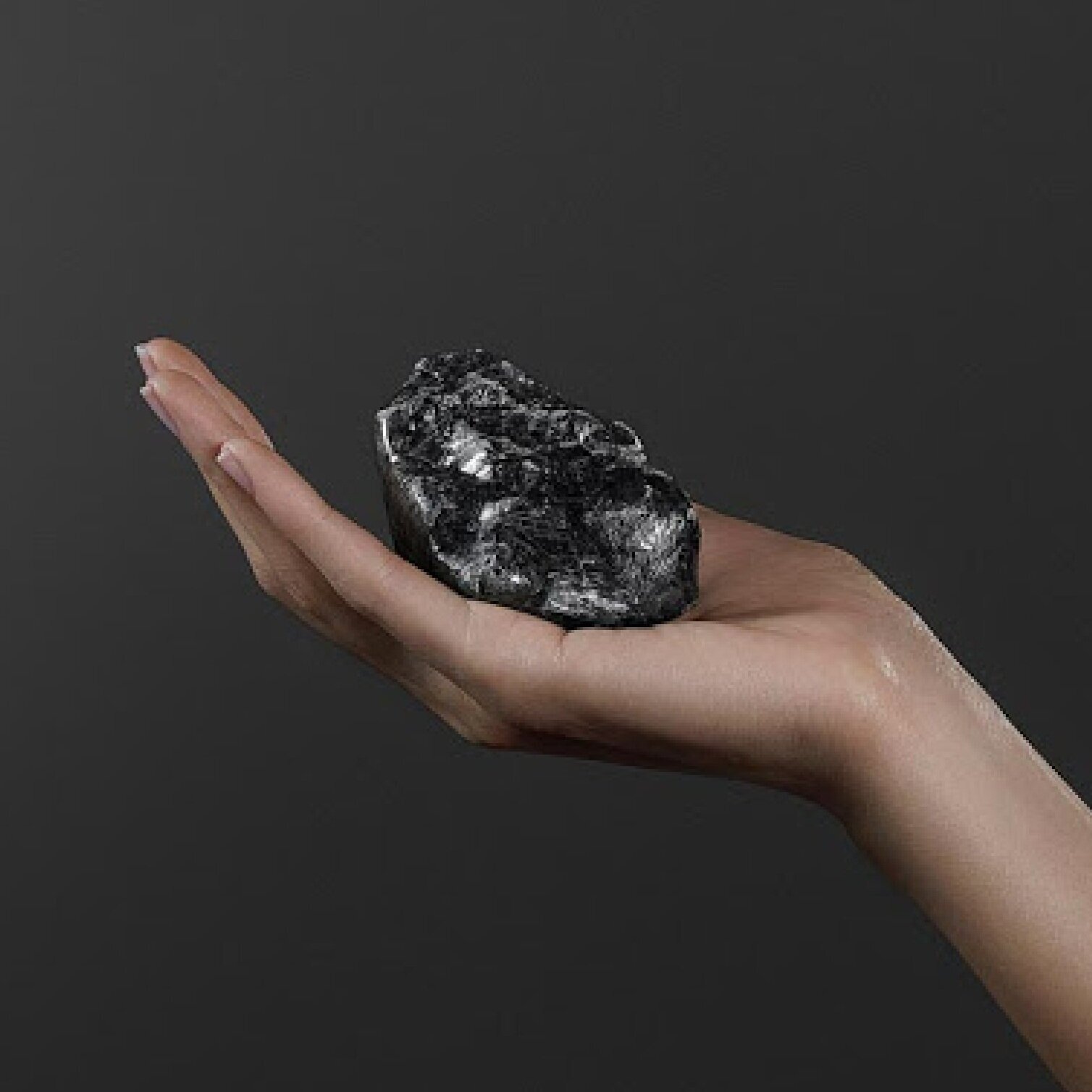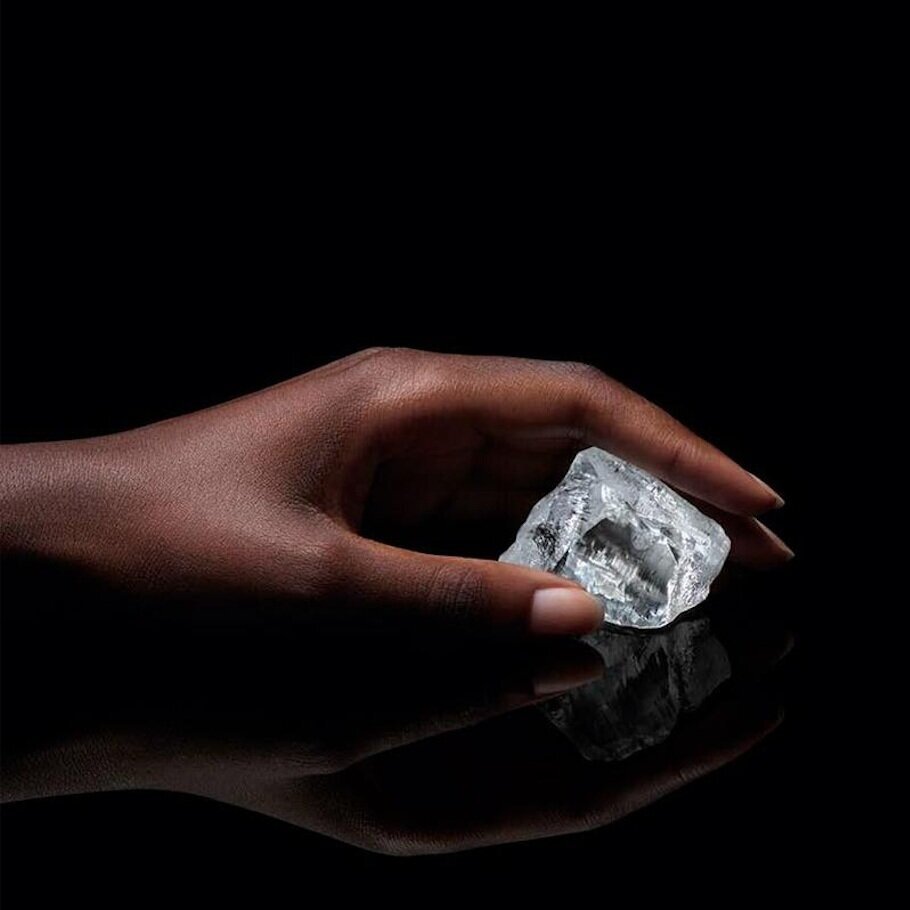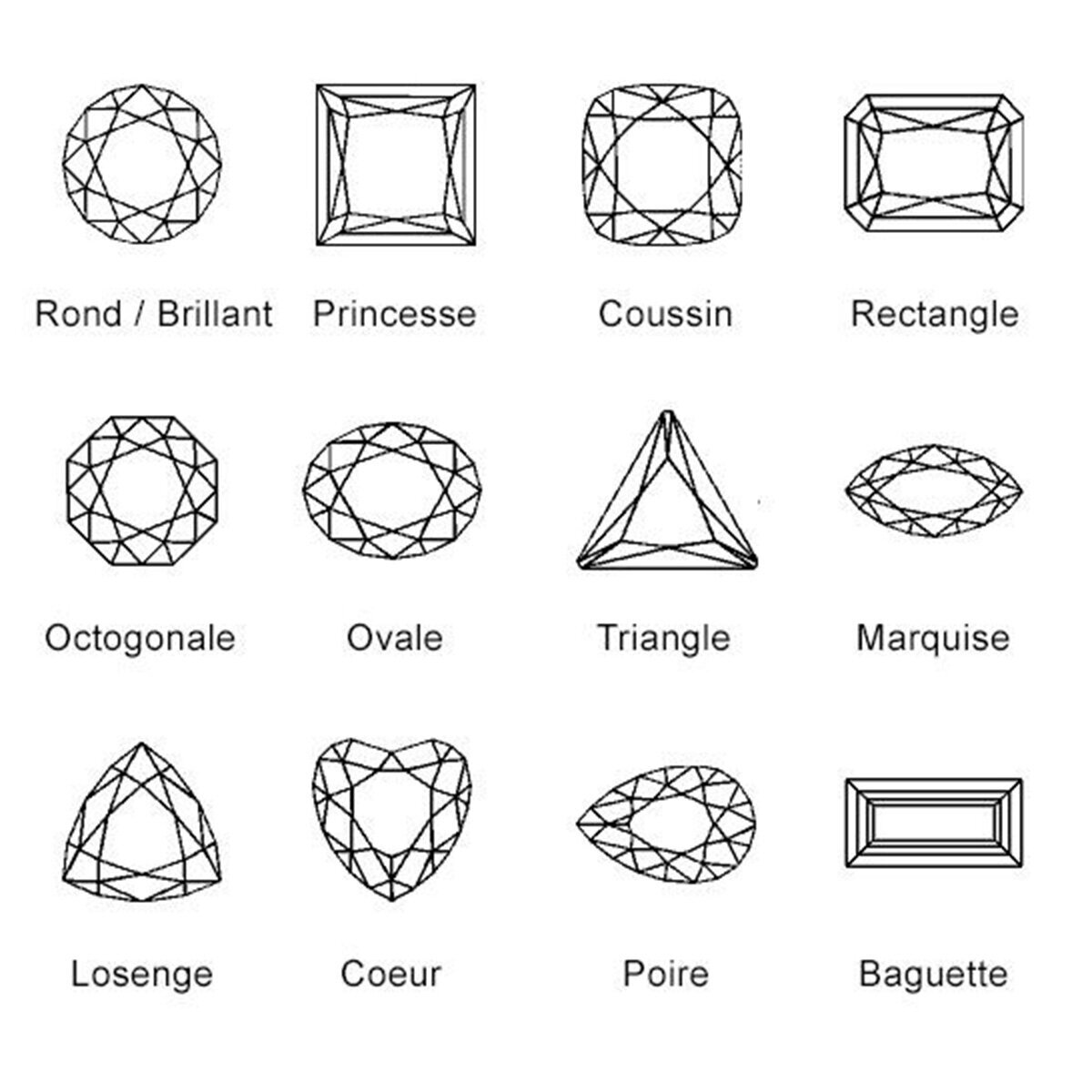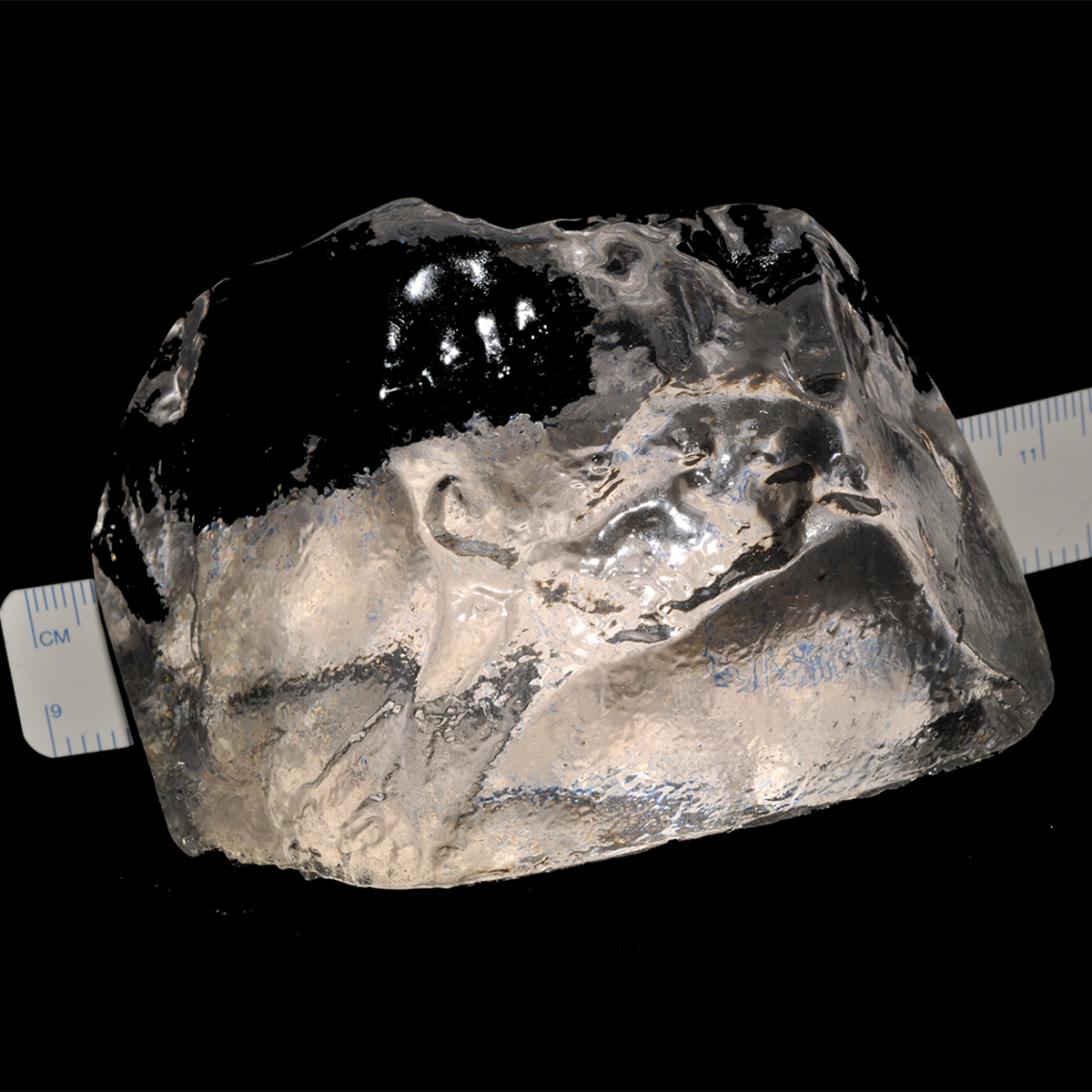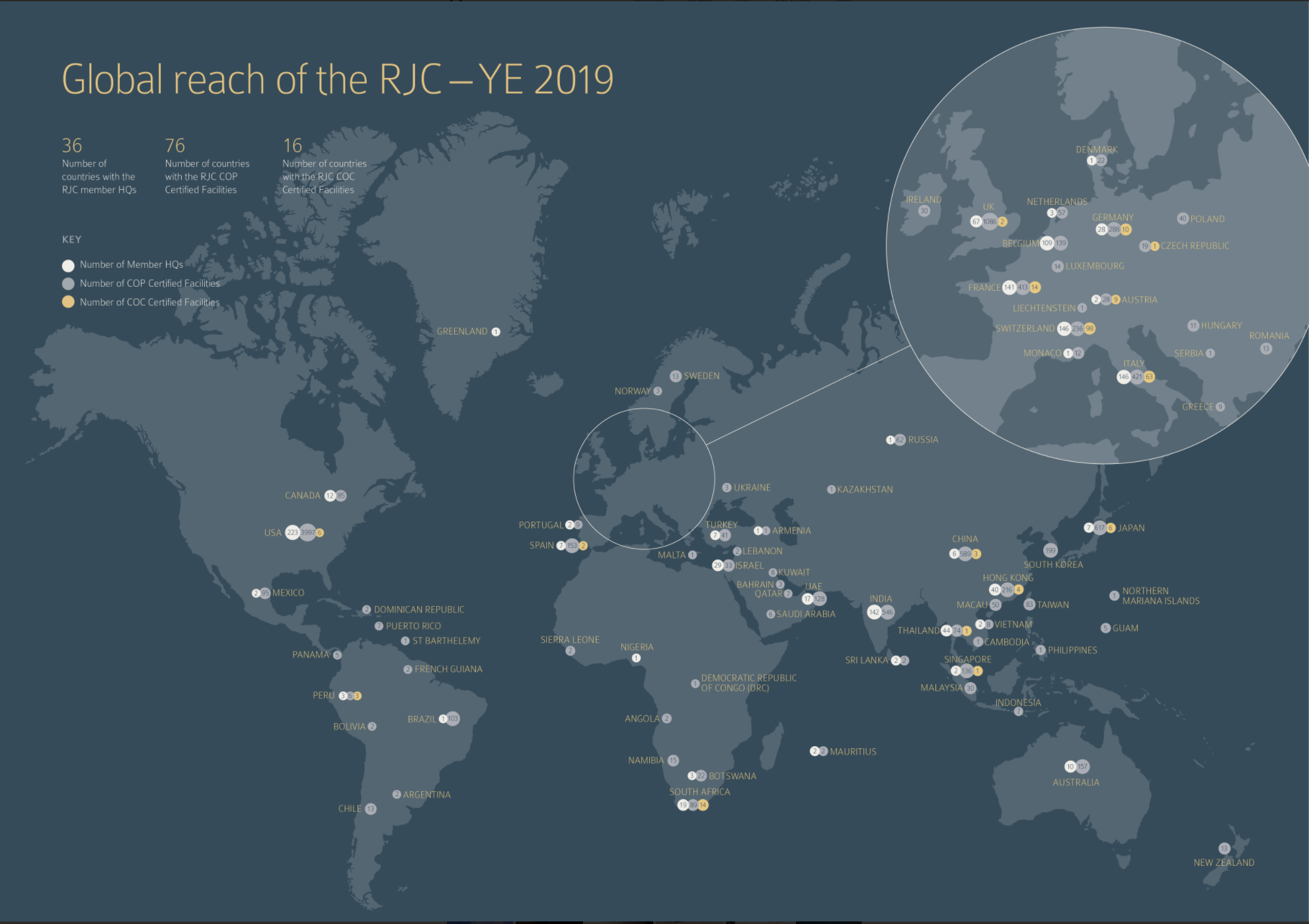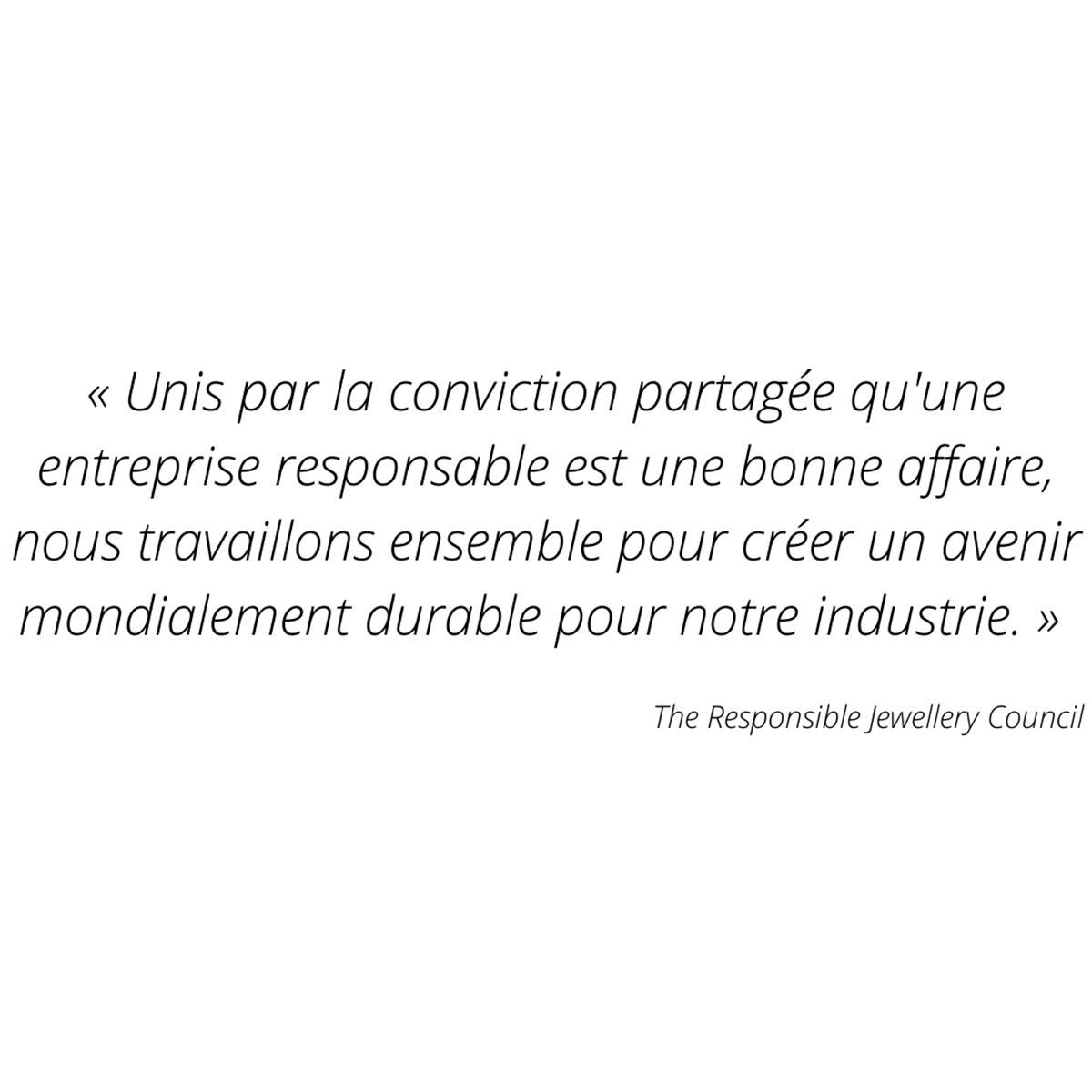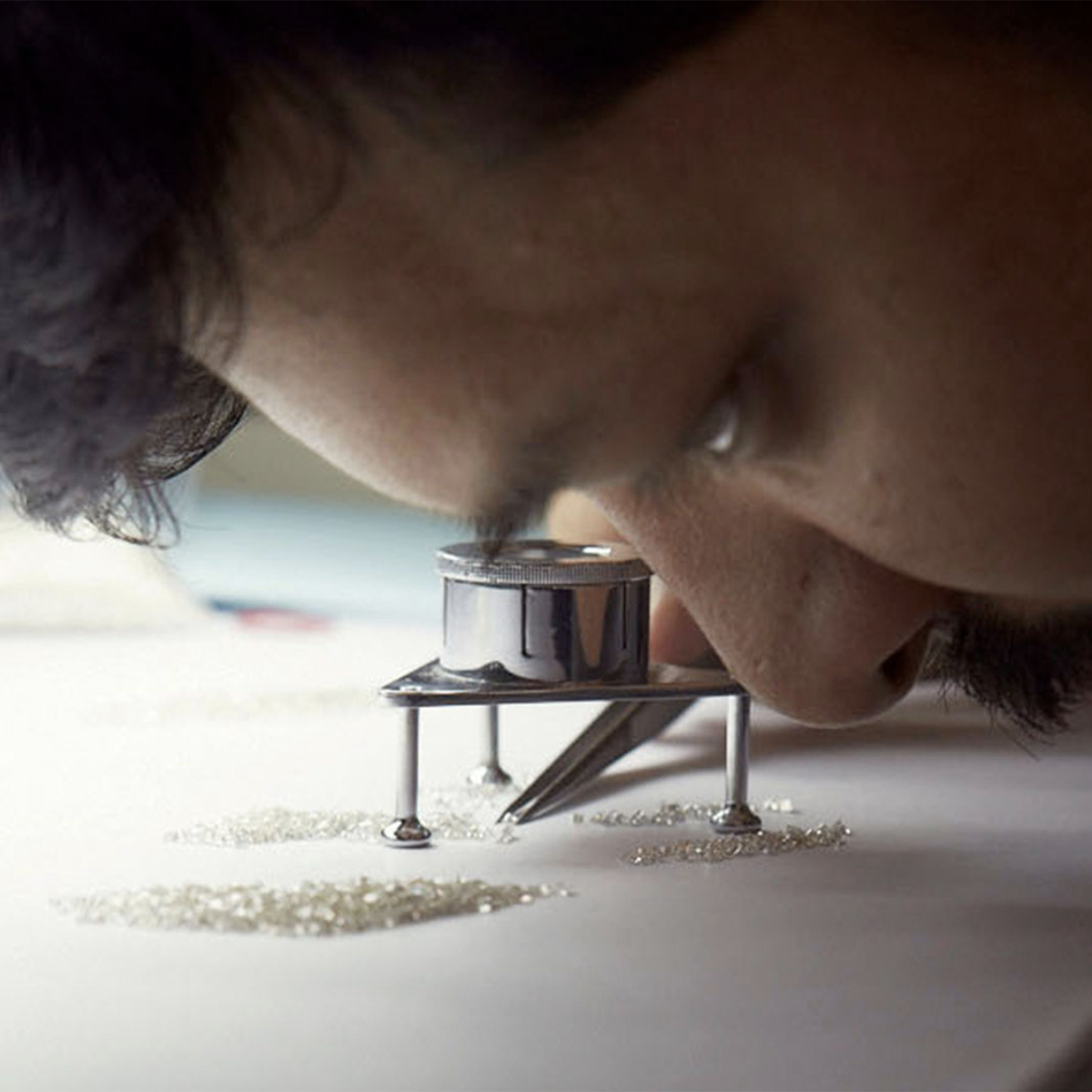The secret life of diamonds
The majority of Poinçon 22 jewels are adorned with precious or semi-precious stones. Let's discover the origins of diamonds, the stones we find in many of our collections, from their creation to the moment they slip onto your finger for a wedding or simply for pleasure, on your wrist, on your ears to enhance your face, or even around your neck.
the birth of diamonds
It all began around 3 billion years ago. Beneath the Earth's surface, more than 150 kilometers towards the core, lies the upper mantle. This then sinks beneath our feet to a depth of 700 kilometers. Here, temperatures are extreme and can exceed 1,500°C. We can also observe a pressure of 75 tonnes/cm2, equivalent to some 70,000 atmospheres! It's in these conditions that pure carbon crystallizes, giving rise to diamond. However, as you can imagine, jewellers don't make Jules Verne's journey to the center of the Earth.
To bring diamonds close to the surface and extract them from the ground, we need the help of volcanoes. During volcanic eruptions, molten magma rises to the surface, taking diamonds with it. As this cools, it gives way to volcanic rock containing diamonds: lamproite, komatiite and kimberlite.
And so begins a jewel hunt coveted the world over.
THE DISCOVERY OF THE MAIN DIAMOND MINES
Worldwide distribution of diamond deposits.
Diamonds can be found in every corner of the globe. However, the countries best known for inhabiting these precious stones are Brazil, Russia, Botswana, and South Africa, considered to be the land of diamonds since 1869. Namibia was also the world's fifth-largest diamond-producing country, with a deposit yielding some of the finest stones ever found. Some 17 million carats have been extracted from these mines. In Africa, the Congo has also made a name for itself with a most impressive deposit. However, the quality of the diamonds is less than satisfactory. Australia is one of the countries that has captured 40% of the world's diamond production by mining industrial diamonds. These diamonds are natural and used for low-end jewelry. The diamonds extracted are then worked and valued in India, which handles 90% of Australian merchandise. Demand for this range of diamonds is so great that supply cannot keep up. As for North America, it's thanks to Canada that the diamond industry is present there. The Ekati mine opened in 1998, producing up to $7 million worth of diamonds a day.
Among all these treasure-filled lands, it's hard to say which is the richest. The resulting diamond industry employs 5 million people worldwide.
THE JEWELERS' RACE FOR DIAMONDS
After the discoveries, the race for the most beautiful stones was launched among jewellers.
American jeweler Tiffany recently announced its acquisition of an exceptional D-colored, oval-cut stone weighing over 80 carats from a mine in Botswana.
It is the largest diamond ever offered for sale by this jeweler. To mark the reopening of Tiffany's Fifth Avenue boutique in 2022, the jeweler will unveil its exceptional new stone mounted on a well-known Tiffany necklace made for the 1939 New York World's Fair.
This is not Tiffany's first mythical stone. In 1878, Charles Lewis Tiffany, the company's founder, purchased the Tiffany Diamond, a yellow diamond with a gross weight of 287.42 carats, for $18,000, earning him the nickname "King of Diamonds".
The diamond was brought to Paris to be cut into a cushion shape with 82 facets, resulting in a final weight of 128.54 carats.
But Louis Vuitton's entry into the world of Haute Joaillerie was not to be. A year ago, it acquired a rough diamond, the Sewelô, weighing 1,758 carats. This incredible weight made it the second largest diamond in the world, after the Cullinan (3,106 carats rough, discovered in 1905). This conquest is the talk of the town for its intriguing appearance. It appears irregular, shiny and covered with a layer of black carbon, but within it lies a veritable treasure. Maison Vuitton also recently acquired a 549-carat rough diamond, named Sethunya. It's a stone that's sure to be the envy of many, not least for its color, purity and luster. It comes from the same mine as Sewelô in Botswana. For the time being, these two exceptional diamonds are on a world tour to find potential customers.
When it comes to cutting diamonds, this task is entrusted to the delicate hands of the HB Antwerp diamond cutter, who will have a multitude of choices for creating jewelry. Indeed, with a stone like this one, many stones can be cut from the rough and thus see the light of day. This work is extremely meticulous, requiring hours of observation and polishing. Everything is possible: the brilliant, the emerald, the marquise, the oval, the pear, the radiant, the triangle, the baguette, offering a multitude of opportunities to end up on your finger. Don't forget that when you treat yourself to a diamond-set jewel, you're accessing a piece of this exceptional stone created over 3 billion years ago.
THE RESPONSIBLE JEWELLERY COUNCIL
The Responsible Jewellery Council is the leading standards and certification organization for the jewelry and watchmaking industries. It was founded in 2005 by 14 member organizations: ABN AMRO, BHP Billiton Diamonds, Cartier, World Jewellery Confederation, Diamond Trading Company (part of De Beers), Diarough, Jewelers of America, National Association of Goldsmiths (UK), Newmont Mining, Rio Tinto, Rosy Blue, Signet Group, Tiffany & Co. and Zale Corporation. Today, The Responsible Jewellery Council has over 1,250 members.
Together, they are determined to transform the world of jewelry into a fairer and more caring industry. This organization brings together companies from the supply chain to the brands, to create a bond of collaboration, integrity and sustainability.
Collectively, they are working towards more ethical manufacturing processes that respect people and the planet, while reinforcing trust within the global jewelry industry.
In 2015, the member states of the United Nations defined a 15-year plan to achieve 17 Sustainable Development Goals (SDGs) aimed at ending poverty, protecting the planet and improving the quality of life for all. It's a truly universal call to action to which The Responsible Jewellery Council has responded. Since 2019, it has been a partner of the UN Global Compact to educate and build actions to be implemented Responding to the SDGs. These goals have helped evolve performance standards relating to business, environmental, social and governmental practices. Their code of practice is part of the drive to transform and implement the SDGs. It guarantees all minerals and primary metals used in the manufacture of jewelry: gold, silver, various platinum group metals, diamonds and colored gemstones.
Ultimately, the goal of the Responsible Jewellery Council is to develop this partnership between all members of the jewelry industry in order to maintain and develop standards. This process would create a more responsible and sustainable global supply chain, in line with the SDGs set for 2030.



